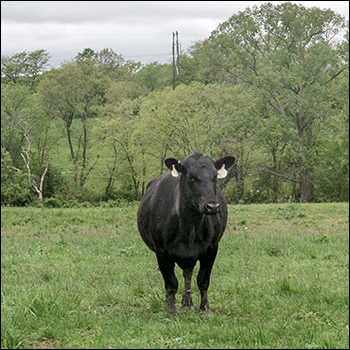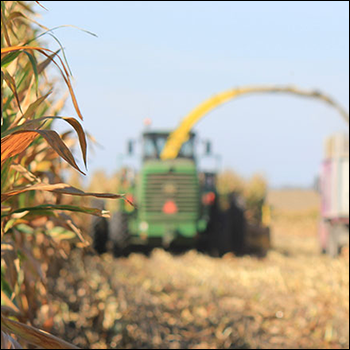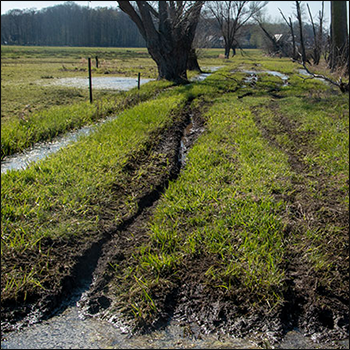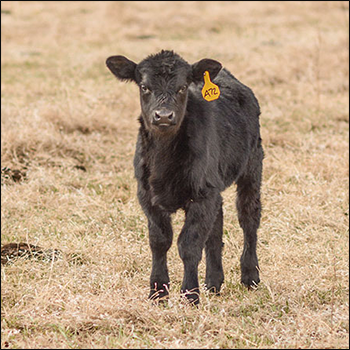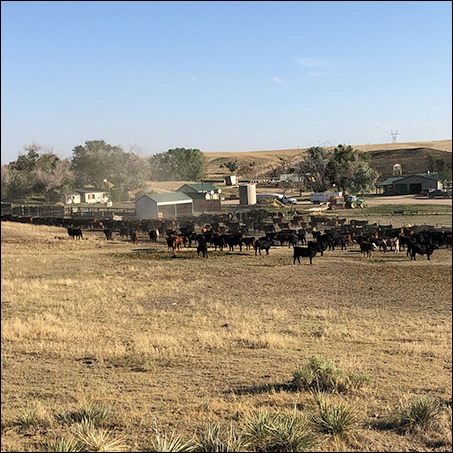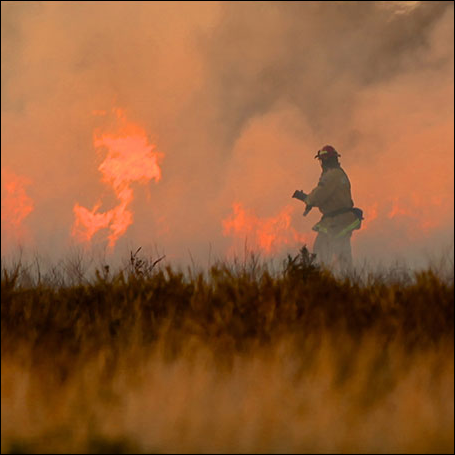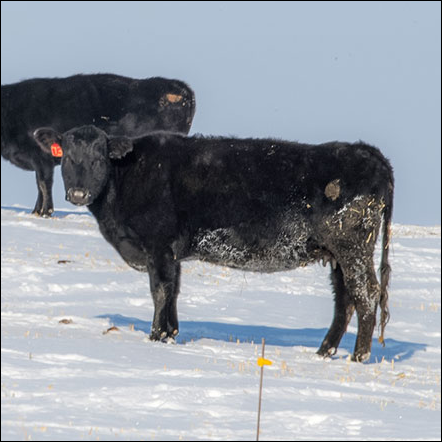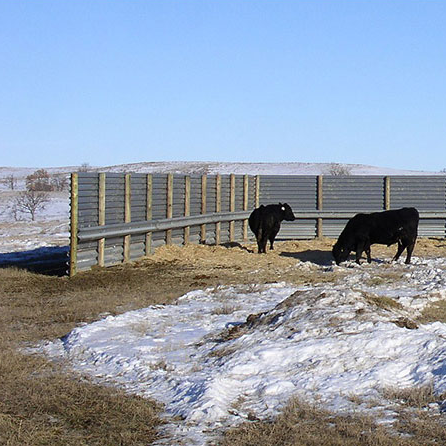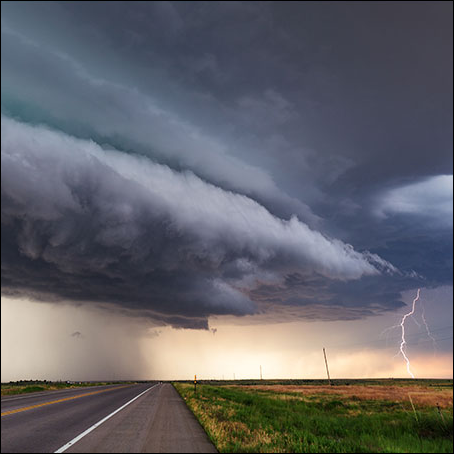Stay Safe As You Enter The Fields
Electrical contact can happen in an instant.
Cody Conrady’s life changed in an instant when sprayer tips made contact with a power line.
Farm equipment has become more massive and technologically advanced over time. While these improvements help farmers cover more ground in less time, taller equipment and longer extensions bring added challenges around power lines.
As farmers prepare to enter the fields for planting, Safe Electricity® urges everyone working in the agricultural field to be alert to the dangers of working near overhead power lines, poles and other electrical equipment.

Cody Conrady and his coworker inside the cab were unaware that the sprayer boom had either made contact or gotten too close to a power line. Suddenly, 7,400 volts of electricity traveled through the boom and electrified the equipment and ground where Conrady was standing. The unyielding stray voltage considered Conrady’s body as part of its electrical path to the ground. |
Cody Conrady’s story
Before you think it could never happen to you, consider electrical accident survivor Cody Conrady’s experience. He shares what happened to him in an effort to help increase awareness of the danger presented by power lines.
It was Conrady’s next-to-last day as an assistant manager for an ag fertilizer company. They were understaffed that day, and he jumped in the truck to get ahead of the sprayer. Once the sprayer was in position, he hopped out to fill the tank with fertilizer.
What happened next changed everything. He and his coworker inside the cab were unaware that the sprayer boom had either made contact or gotten too close to a power line. Suddenly, 7,400 volts of electricity traveled through the boom and electrified the equipment and ground where Conrady was standing. The unyielding stray voltage considered Conrady’s body as part of its electrical path to the ground.
In the minutes and hours that followed, Conrady was brought back to life, rushed to a local hospital and transferred via medevac to a Level 1 trauma center. That was the starting point to a very long and arduous road to recovery that included many surgeries, rehabilitation and prosthetics fittings.
Hindsight is 20/20
Conrady drives by fields buzzing with activity during active farm seasons and wonders if others see what he sees — if they realize the potential dangers of getting too close to power lines.

“Pay attention a little more [when working near power lines],” Cody Conrady advises others. “Keep an eye on your surroundings. Take an extra second to look at things to see how your situation is going to unfold.” |
“Pay attention a little more [when working near power lines],” Conrady advises others. “Keep an eye on your surroundings. Take an extra second to look at things to see how your situation is going to unfold.”
His wife, Bailey, says this type of accident could happen to anyone. Unintended contact happened in an instant, but its effects live on long after an accident.
“We knew life wasn’t going to be the same,” Bailey says. “We knew that the ‘normal’ before was not going to be the ‘normal’ after.”
Follow the 10-foot distance rule
To stay safe around overhead power lines, follow safe work practices at all times to help prevent serious, even deadly, accidents. Start by making sure everyone knows to maintain a minimum 10-foot (ft.) clearance from power lines.
This 10-ft. rule applies not only to the area underneath the power line, but to the full 360 degrees around it. Not only can electricity change paths if direct contact is made, it can also happen when someone or something gets too close to a power line and the current jumps, or arcs.
Other precautions
In addition to the 10-ft. rule, take these steps to help decrease the chances of an electrical-related incident:
- If your machinery or vehicle comes in contact with a power line, do not get out of the cab. You could be electrocuted. Instead, stay where you are and call 9-1-1 to dispatch the appropriate utility to deenergize the power.
- If it is not safe to stay in the cab due to fire or smoke, make a solid, clean jump with both feet landing at the same time. Hop away with feet together as far as you can.
- If you come across an accident or incident near a downed power line, alert individuals (from at least 50 feet away) to stay in the cab or vehicle as long as there is no imminent danger. Call 9-1-1 and do not approach the scene.
- Have a daily meeting with staff to go over possible hazards. Map out and review routes where equipment will be moved and ensure it will clear power lines.
- Teach anyone working with or for you (including family members and seasonal employees) about power-line awareness and the proper clearance distance.
- When working around power lines, always use a spotter who has a broader vantage point than the person in the cab.
- Visually inspect overhead lines, which may not meet height codes due to age or pole damage. If a wire is hanging low, never try to move it; instead, contact your electric utility for assistance.
- Lower extensions to the lowest setting when moving loads.
“Even though planting season is a busy time filled with stress and tight deadlines, take time for safety, including electrical safety,” says Erin Hollinshead, executive director of Safe Electricity. “It could save your life or the lives of others.”
For more information about electrical safety, visit SafeElectricity.org.
Editor’s note: This article and photos are from Safe Electricity. Safe Electricity is the public-awareness program of the Energy Education Council, established on the campus of the University of Illinois at Urbana-Champaign.
